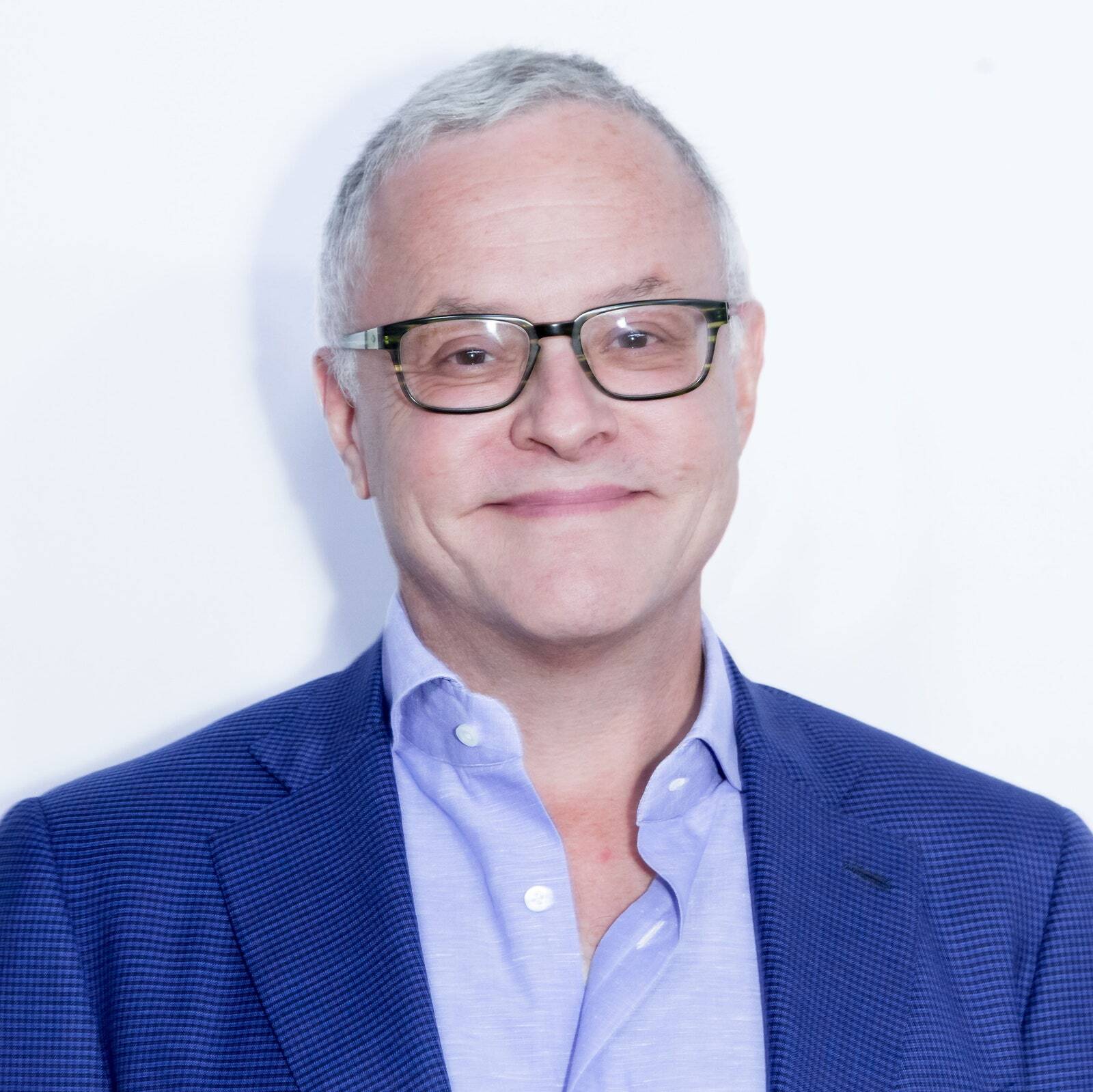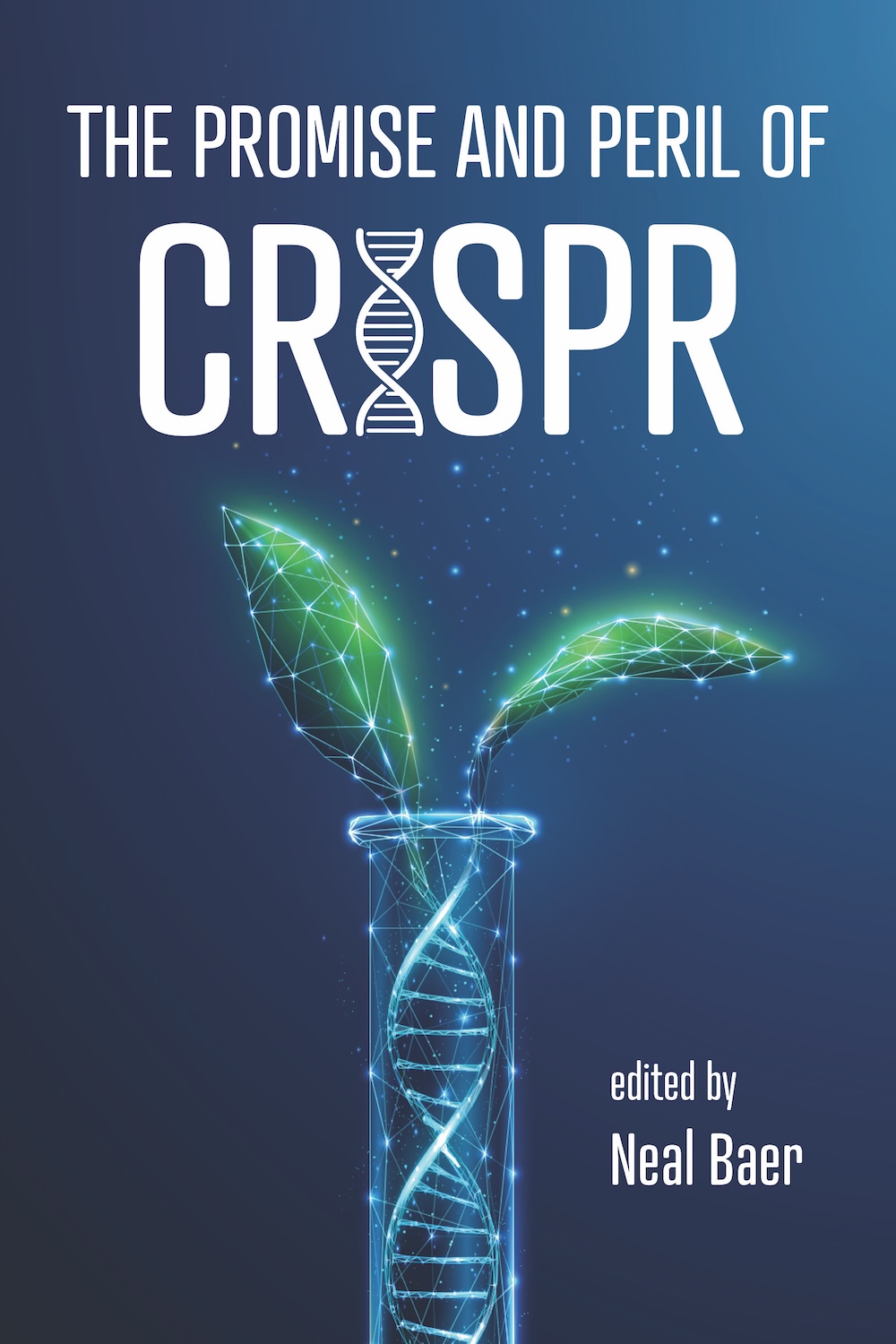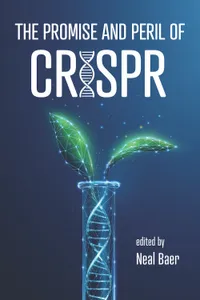'Who are we to say they shouldn't exist?': Dr. Neal Baer on the threat of CRISPR-driven eugenics
Dr. Neal Baer discusses a new book about the incredible promise and potential pitfalls of CRISPR gene-editing technology.

Since CRISPR was first conceived as a gene-editing tool in 2012, scientists have seen its awesome potential.
It promises to revolutionize the treatment of genetic disorders. It's being used to genetically engineer pig organs for transplant surgeries and to develop new antibacterial treatments. It's being used to breed crops and livestock, as well as modified mosquitoes that thwart the spread of disease.
But CRISPR also has a dark side — it could become an instrument of eugenics.
The ability to easily edit genes comes with the theoretical potential to pare down the diversity of humankind, categorizing some traits as acceptable and others as diseased or "unfit."
This dark side rears its head when scientists consider editing germline cells, which give rise to eggs and sperm, said pediatrician Dr. Neal Baer, a co-director of Harvard's Master of Science in Media, Medicine, and Health, who edited a new book called "The Promise and Peril of CRISPR" (2024, Johns Hopkins University Press). Edits to germline cells can be passed down to successive generations, he emphasized.
"That's where I became a bit worried — who would decide what was passed on or what wasn't passed on?" Baer told Live Science. That question became a focus of the new book, which features essays from bioethicists, scientists, philosophers and activists. Live Science spoke with Baer about the text and the many ethical quandaries raised by CRISPR technology.
Get the world’s most fascinating discoveries delivered straight to your inbox.
Nicoletta Lanese: Why did you choose to pursue this book now, in particular?
Dr. Neal Baer: As CRISPR was being developed, I saw that there was a potential to make just remarkable inroads, particularly for instance, in treating sickle cell disease — which as we all know, reading the headlines, can be cured with CRISPR by turning on a fetal hemoglobin gene. So I started to read about CRISPR more and more and talk to folks who were doing it. And I saw that there was a change in attitude about CRISPR from about 2015 to the present, and that change was in terms of editing germline cells.
The "promise" is the great things that can come out of this in terms of really annihilating horrible diseases. The "peril" is how far we go in possibly changing human evolution.

NL: I appreciated that, in the text, it was very deliberate that you're pulling in a variety of perspectives. Why was that important to the book?
NB: I did want to expand the viewpoints to positions that hadn't been written about, hear from people we hadn't heard from. For instance, one of very few trans bioethicists, Florence Ashley from Toronto, writes about [whether people might try to use] CRISPR in some way to "treat" trans people, or make them not trans? That's a complicated question because there's not really a gene that makes one trans, but there might be elements that are common amongst trans people.
She [Ashley] also promotes something very provocative in the essay, which I thought was really interesting, as maybe it would be a good thing. That's somatic editing so that people wouldn't have to take hormones, that there could be a way to turn on hormone production, or to give people the kinds of bodies they want.
[As another example] Carol Padden, a dean at the University of California, San Diego, is deaf and she argues that not everything that is genetic and seen as a syndrome is pathological. She says she's deaf, that's human variation — accept it.
But R. Alta Charo's piece is one that argues that we shouldn't really be worried about all this — that we were worried about IVF and sex selection and it really hasn't happened. So that's a very different perspective from many of the other pieces.
I think it's important to raise both the promise and the peril because there really is no oversight, per se — have you heard anyone, any politician ever talk about CRISPR and germline editing?
NL: I can't think of an instance, no.
NB: The answer is no, and yet it's going on and supposedly we're [scientists are] supposed to self-regulate. I've heard this from very famous people who do CRISPR that the people involved will make the ones who don't follow the rules pariahs. But look, Dr. He [Jiankui, the scientist who engineered CRISPR babies] did this. And Ben Hurlbut in his piece talks about geneticists and scientists at a well-known university who encouraged Dr. He to do this work because they knew they couldn't do it. It is illegal in the United States.
(Editor's note: Following his experiment, He received a fine and was sentenced to three years in prison for "illegal medical practices." He, who is not a medical doctor, was then released from prison in 2022 and returned to research. Since the case, China has tightened its regulations around gene editing, explicitly forbidding gene editing for reproductive uses in humans.)

I don't want to be pegged as someone against CRISPR at all; I just want us to think hard about the germline.
But we do talk about people who are very much on the side of doing germline editing, like George Church, renowned geneticist at Harvard, who says, "Look, ultimately, it's going to be cheaper to just get rid of these diseases, so why fool around somatically — let's just edit them."
Related: Could CRISPR cure HIV someday?
Then, we get Rosemarie Garland-Thomson's piece about who decides which genetic syndromes should be eliminated and which should not. We get the case of Down syndrome … should we be eliminating these genetic syndromes that are compatible with life?
I don't know anyone who would say they want to have a child with Tay-Sachs disease, where they know for sure that their child will die before the age of 5. But life is not that easy in terms of black and white. There are a lot of syndromes that people live with and they have very fulfilling, rich lives, and who are we to say they shouldn't exist?
NL: Is there one standout message that you hope readers take away from the book? You'd mentioned this is really aimed at high school- and college-aged students.
NB: For me, the most important element of the book is dual-use technology, which is when we do things to improve health [and] there really positive things come out of it, as we've been talking about, but we also have to be aware that this technology could be used in very negative ways.
That, to me, is like a way of understanding the world more clearly — is that it's not black and white. It's not, "Let's do this because it's good" or "Let's not do it because it's bad." Let's really try to understand what we're jumping into before we tout it as you know, the best thing that's ever happened.
The dual-use technology is fundamental to understanding not only CRISPR but AI [artificial intelligence] and many other technologies within this, especially the ideas of enhancement [of the human body].
NL: I saw that, of course, "Gattaca" (1997) was referenced briefly in the book. How does some people's desire for "designer babies" fit into this discussion, and is that goal even feasible?
NB: The answer is we don't know.
Because our genes are so complex and there's not one gene for eye color [for example] — like if I want a child to have blue eyes. And of course, then it's all cultural. "Why do I want my child to have blue eyes or blonde hair or light skin, or things like that?"
Does that mean we can't ever do it? I don't know. Are there things we can manipulate? Yes, and should we be doing that? That's the question I want to ask.
The environment has an impact too — nutrition, things like that. So I don't really worry so much about enhancement right now … we can't really enhance and in ways that are Gattaca-like. But you know, research is going on, supposedly, in Russia and China about this, that we could possibly make people pain-free. Should we be doing that?
[Conversely] should we cure progeria with CRISPR? (Editor's note: Progeria causes rapid aging in children.)
Of course. It's a horrible disease.
Editor's note: This interview has been condensed and edited for clarity.
Ever wonder why some people build muscle more easily than others or why freckles come out in the sun? Send us your questions about how the human body works to community@livescience.com with the subject line "Health Desk Q," and you may see your question answered on the website!
The Promise and Peril of CRISPR
$47.65 on Amazon
If you enjoyed this interview with Neal Baer, you can read more on this topic in the recent book he edited, "The Promise and Peril of CRISPR."

Nicoletta Lanese is the health channel editor at Live Science and was previously a news editor and staff writer at the site. She holds a graduate certificate in science communication from UC Santa Cruz and degrees in neuroscience and dance from the University of Florida. Her work has appeared in The Scientist, Science News, the Mercury News, Mongabay and Stanford Medicine Magazine, among other outlets. Based in NYC, she also remains heavily involved in dance and performs in local choreographers' work.



